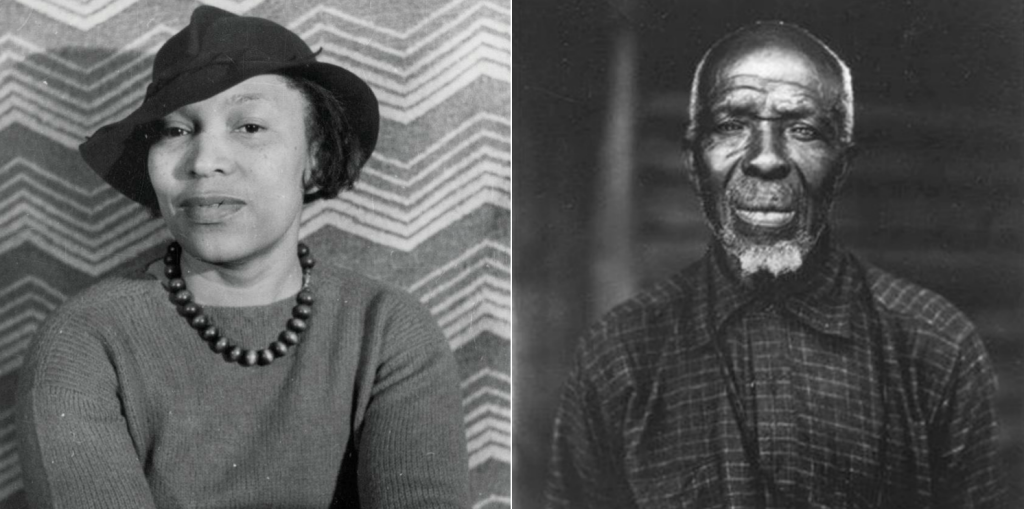
Today, the literary legacy of Zora Neale Hurston’s compelling and vividly written works will expand to include her first completed manuscript, titled “Barracoon: The Story of the Last ‘Black Cargo.'”
In 1931 when she originally finished the work, publishers were uninterested in the chronicled experiences of Cudjo Lewis who (at the time) was believed to be the last known living African who was captured in Africa and brought to the United States on a slave ship via the Trans-Atlantic Slave Trade. Hurston was even asked to re-write the manuscript in a “language” instead of the broken African dialect that Lewis used to personally share his story with Hurston. She refused as to not compromise the integrity of telling his life story and as a result, the work was never published.
Now, after 87 years, “Barracoon” will finally be published and made available to the public for the first time. The book’s release is set to make an impactful statement about Hurston’s literary contributions. She is most notably known for her fiction works, including “Their Eyes Were Watching God” and “Moses, Man of the Mountain.” “However, most are not aware that she was also a brilliant anthropologist and ethnographer who specialized in telling the stories of African American folklore and culture that were often ignored or dismissed as primitive. The title “Barracoon” references the barracks in which Africans were held before being forced onto slave ships.

Hurston’s “Barracoon” manuscript has been preserved in the Howard University archives all these years in a collection of papers from one of her professors. “This is going to make us look at her again as a social scientist,”said scholar Deborah G. Plant, who wrote the introduction to Barracoon. Hurston was first assigned to interview Lewis for the Journal of Negro History in 1927. She traveled to Plateau, Alabama on multiple occasions to speak directly with Lewis as he recounted his memories of his home in Benin West Africa, being captured by Dahomey Warriors, and being sold and then taken to Mobile, AL in 1859.
While slavery was still legal at this time, 1859 was indeed 50 years after the U.S. Congress had supposedly officially outlawed the international slave trade. He spoke candidly around the trauma and disorientation of being captured and sold into slavery then freed with limited resources to make sense out of life. Lewis shared spending about five years as a slave and then being freed once Union soldiers seemed to have simply appeared and told him that he was no longer someone else’s property.

“Racial issues have not gone away in our country, and we felt that this was an opportune time to publish ‘Barracoon,'” shared Lois Hurston Gaston, grandniece of Hurston and one of the trustees to her estate. “It’s an important time in our cultural history, and here we have the story of Cudjo Lewis to remind us of what happens when we lose sight of our humanity.”
Zora Neale Hurston’s ‘Barracoon’ is available here.

